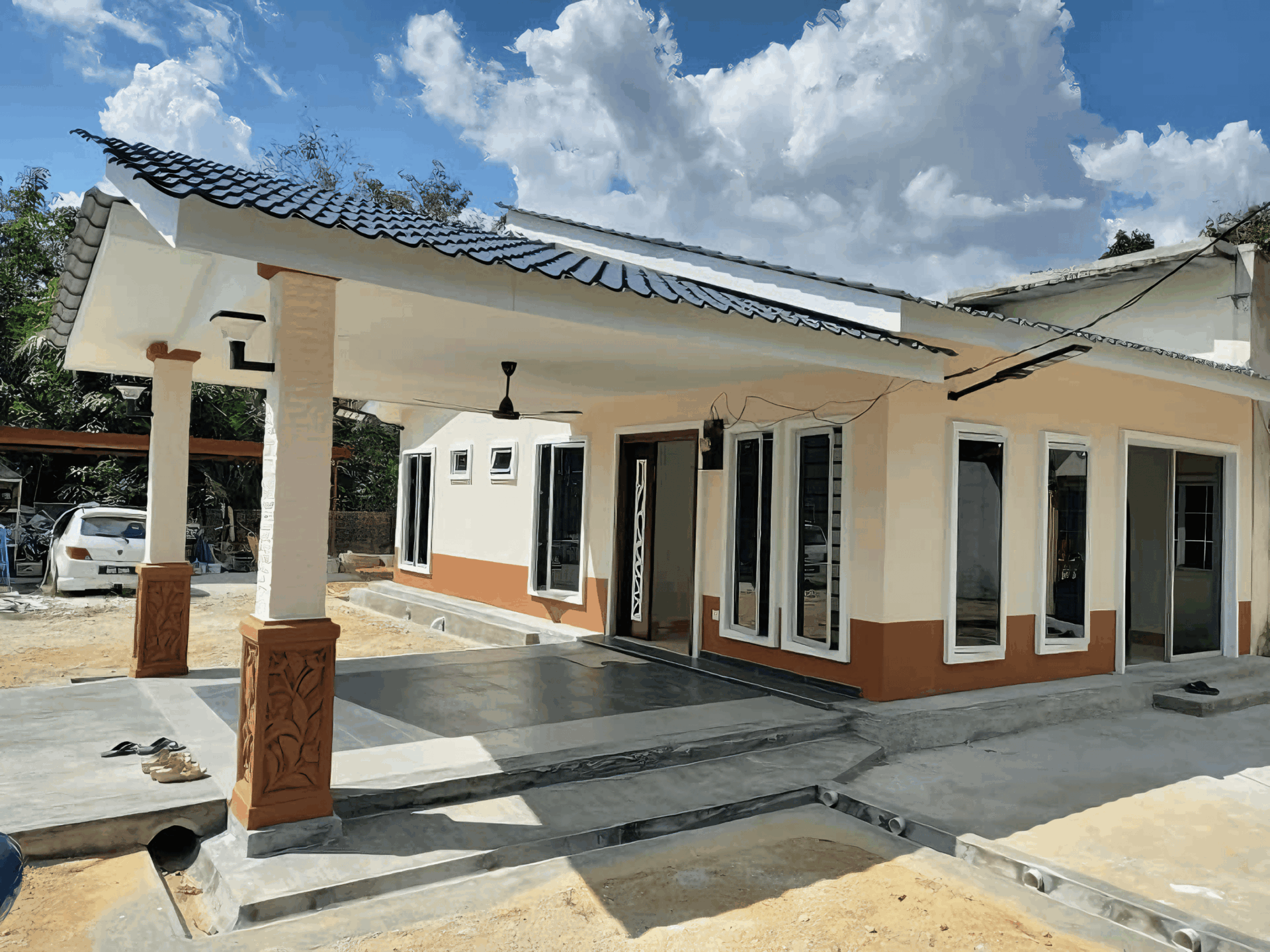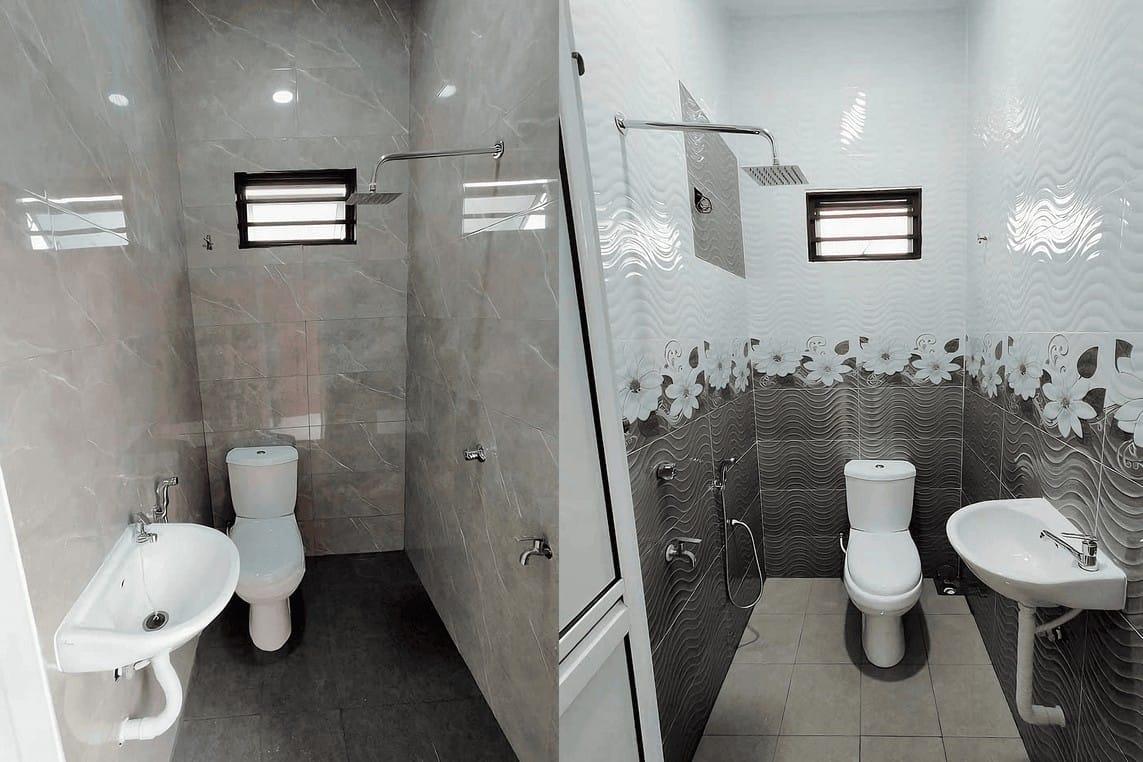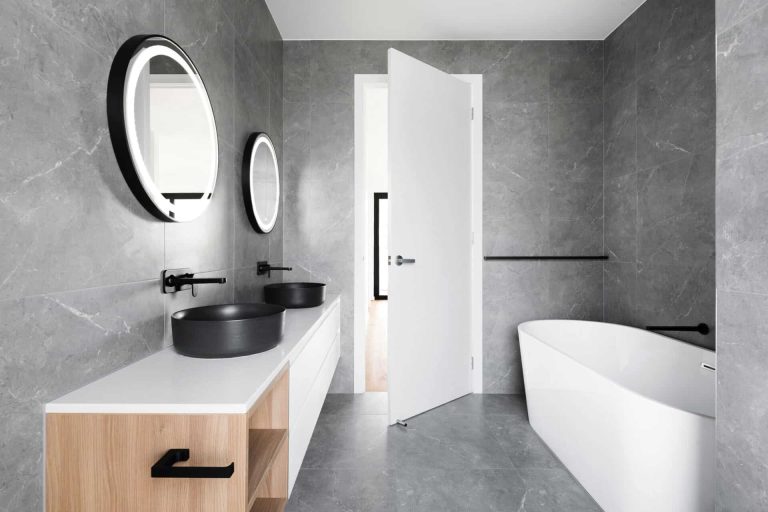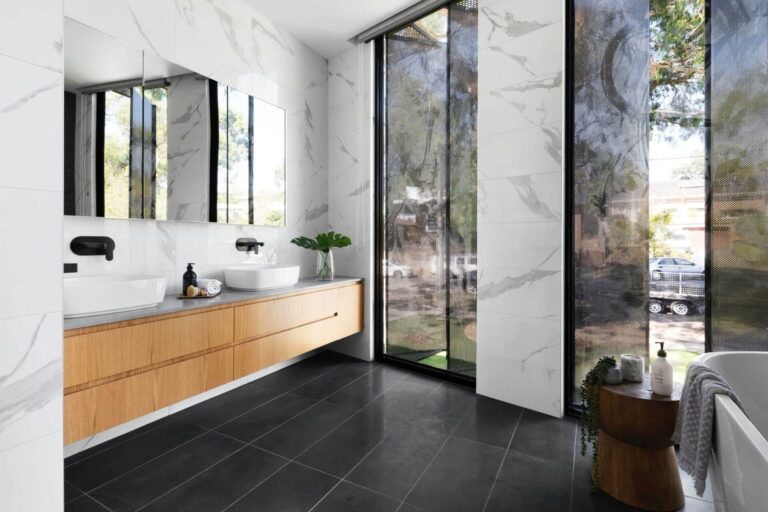In recent years, the construction industry in Malaysia has started to look a little different. Gone are the days when towering buildings and sprawling developments overshadowed the little details of environmental impact. Today, more and more Malaysian construction companies are waking up to a new reality and embracing sustainable practices that not only benefit the planet but also enhance their business. Whether it’s using eco-friendly materials, reducing waste, or incorporating energy-efficient technologies, these companies are setting a new standard for how we build our future. So, why should we, as Malaysians, take notice? Let’s dive into how these sustainable practices are reshaping the landscape of construction in our country and explore why hopping on this green bandwagon is a smart move for everyone involved. Whether you’re a contractor, a homeowner, or just curious about the transformations happening around you, there’s a lot to discover and even more to gain from making sustainability a priority in the construction realm.
The Growth of Sustainability in the Malaysian Construction Landscape
The Malaysian construction sector has witnessed a remarkable shift towards sustainability, spurred by a combination of government regulations and growing public awareness about environmental issues. Companies are increasingly adopting green building standards such as the Green Building Index (GBI) to ensure they minimize their carbon footprint and enhance energy efficiency. This transition not only addresses environmental concerns but also opens up new avenues for innovation and cost savings in the long run.
As more construction firms embrace sustainable practices, the benefits are becoming palpable. Some key aspects include:
- Resource Efficiency: Companies are utilizing eco-friendly materials like bamboo and recycled steel, drastically reducing waste.
- Energy Savings: Smart building designs are incorporating natural light and ventilation to decrease reliance on artificial heating and cooling.
- Community Impact: Sustainable projects often aim to improve local infrastructure and lives, fostering a sense of community investment.
The transformation is not just technical; it’s also cultural. Malaysian builders are recognizing that sustainability represents a competitive edge. A recent survey showed that projects built with sustainable practices are receiving higher occupancy rates and rental prices. Here’s a quick look at some statistics showcasing this trend:
| Key Metrics | Sustainable Projects | Traditional Projects |
|---|---|---|
| Occupancy Rate (%) | 85 | 75 |
| Average Rent (RM/sq ft) | 5.00 | 3.50 |
With all these advantages in play, it’s clear that the integration of sustainable practices in construction isn’t just an emerging trend—it’s quickly becoming the norm. As more Malaysian companies dive into these practices, there’s a fantastic opportunity for others to follow suit and reap similar benefits. There’s no time like the present to join this pivotal movement for a greener future!

Innovative Materials Leading the Way to Eco-Friendly Building
As the construction industry pivots towards sustainability, innovative materials are at the forefront of this transformation. One exciting development is the use of recycled plastic bricks, which not only cut down on waste but also offer durability and thermal insulation. By repurposing single-use plastics, Malaysian construction companies are helping to tackle the plastic pollution crisis while providing eco-friendly housing solutions. Combine that with a chic design aesthetic, and you have a winning combination that can appeal to both environmentally conscious buyers and trendy developers.
Another trend gaining momentum in Malaysia is the integration of bamboo and timber composites. Some construction firms are harnessing the natural properties of bamboo, known for its strength and rapid growth rate, to create eco-sensitive structures. These materials not only minimize carbon footprints but also ensure high-quality construction that stands the test of time. From flooring to structural beams, bamboo composites offer a stylish alternative that keeps sustainability in mind.
Furthermore, the adoption of green concrete made from industrial by-products, such as fly ash or slag, is redefining traditional building practices. This not only reduces the need for virgin materials but also enhances the concrete’s durability and strength. With the rising awareness of climate change impacts, using such innovative materials is not just a trend; it’s becoming a necessity. Consider reviewing the following table for a quick overview of these materials:
| Material | Benefits | Applications |
|---|---|---|
| Recycled Plastic Bricks | Durable, Thermal Insulation | Housing, Landscaping |
| Bamboo Composites | High Strength, Sustainable | Flooring, Beams |
| Green Concrete | Reduces Waste, Improved Durability | Foundations, Roads |
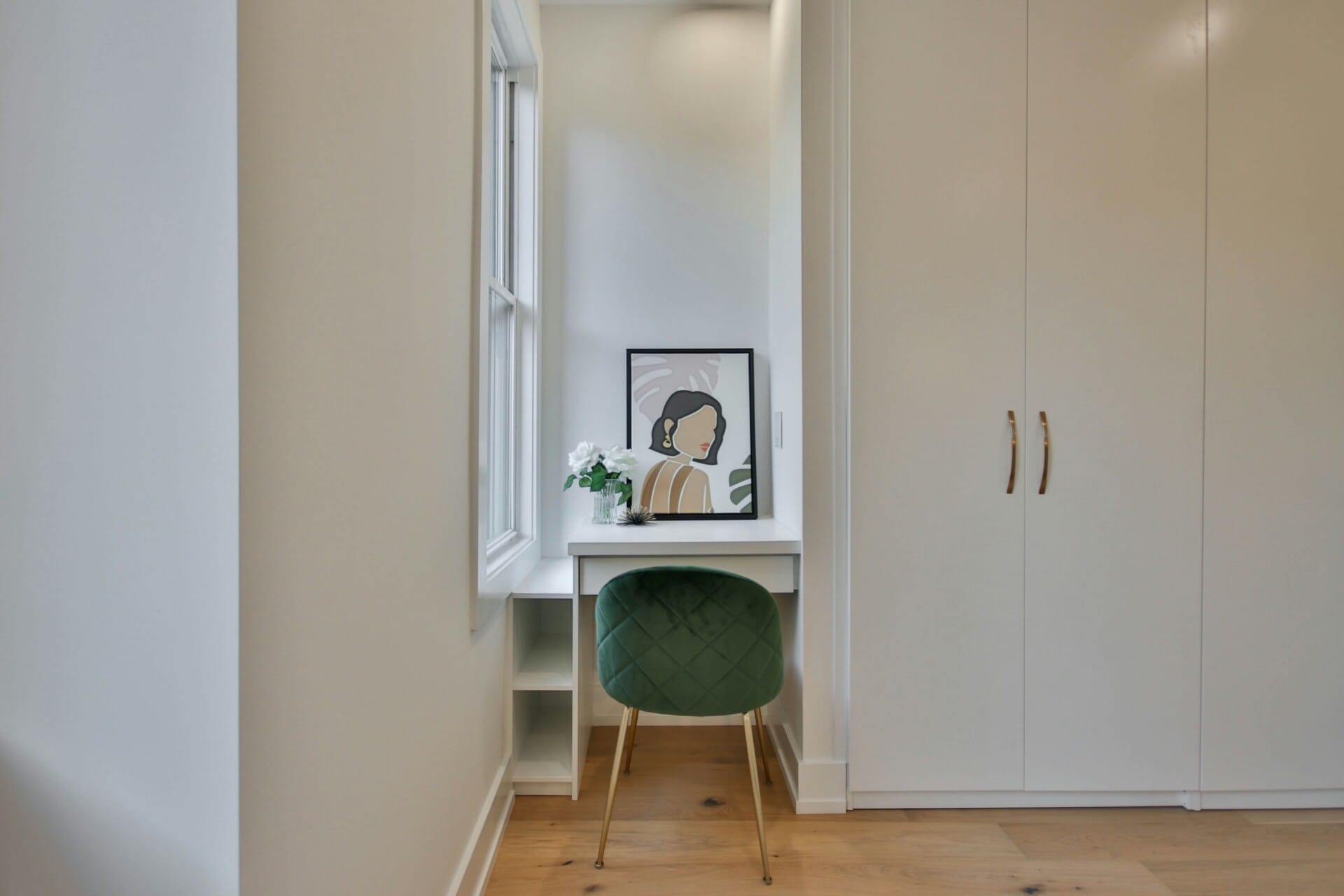
Integrating Renewable Energy Solutions into Development Projects
As Malaysian construction firms step up their game, a noticeable trend is the incorporation of renewable energy sources into their projects. By utilizing solar panels, wind turbines, and biomass energy, these companies are transitioning from traditional energy dependence to a more sustainable framework. This not only helps in reducing the carbon footprint, but it also aligns with global sustainability goals—making them more competitive in both local and international markets.
One of the most significant advantages of integrating renewable energy solutions is the substantial cost-saving over time. Companies are realizing that investments in sustainable technologies lead to lower operational expenses. Here’s why:
- Decrease in Energy Bills: Generating energy on-site can significantly cut down electricity costs.
- Government Incentives: Various incentives and grants are available for utilizing renewable energy sources.
- Enhanced Reputation: Sustainability initiatives boost brand image and appeal to eco-conscious consumers.
Additionally, smart technologies are paving the way for more efficient project management. With the use of smart grids and energy management systems, companies can monitor and adjust energy usage in real-time. This leads to better optimization of resources and helps in minimizing waste. Take a look at this simple table that outlines some of the benefits of using renewable energy in construction:
| Renewable Source | Key Benefits |
|---|---|
| Solar Power | Reduced energy costs and available for independent power production. |
| Wind Energy | Consistent power generation and less land use compared to fossil fuels. |
| Biomass | Utilizes waste products, promoting recycling and waste reduction. |

Water Management Techniques Revolutionizing Construction Practices
In recent years, Malaysian construction companies have actively pursued innovative water management techniques that not only enhance efficiency but also contribute to environmental sustainability. One popular approach is the implementation of rainwater harvesting systems, where collected rainwater is filtered and reused for various non-potable applications. This practice not only reduces dependency on municipal water supply but also helps in minimizing runoff and mitigating flooding risks in urban areas.
Another technique gaining traction is the use of permeable pavements. These pavements allow rainwater to seep through the surface, reducing stormwater runoff and promoting groundwater recharge. By integrating permeable materials in parking areas, walkways, and other hard surfaces, construction projects can significantly lower the risk of erosion and waterlogging. Not to mention, these materials often come with a variety of aesthetic options, allowing developers to maintain visual appeal while supporting sustainability.
Table: Key Water Management Techniques in Construction
| Technique | Benefits |
|---|---|
| Rainwater Harvesting | Reduces water bills, minimizes runoff |
| Permeable Pavements | Reduces flooding, supports groundwater recharge |
| Greywater Recycling | Decreases freshwater usage, eco-friendly |
Furthermore, implementing greywater recycling systems can drastically lower the demand for fresh water on construction sites. By treating and reusing water from baths, sinks, and washing machines, companies can foster a sustainable cycle that conserves precious water resources. Combining these strategies can create a synergistic effect, ensuring that Malaysia’s infrastructure development is resilient, responsible, and ready for the challenges of climate change.

The Role of Government Policies in Promoting Sustainable Construction
The integration of government policies into the construction sector significantly influences the shift towards sustainable practices. Malaysian authorities have recognized the urgency of addressing environmental concerns, crafting policies that align with global trends in sustainability. These measures not only promote eco-friendly building materials and techniques but also incentivize companies to adopt green technologies. For instance, financial subsidies or tax reliefs for firms implementing sustainable solutions make it easier for construction companies to pivot towards more responsible practices.
In addition, regulatory frameworks serve as a backbone for enforcing standards in sustainable construction. The introduction of mandatory guidelines ensures that projects prioritize energy efficiency and resource conservation. This creates a ripple effect throughout the industry, as contractors, architects, and developers must adhere to these standards, resulting in a collective move towards sustainability. Companies that proactively align with these policies not only gain a competitive edge but also enhance their reputation, fostering trust among eco-conscious clients and stakeholders.
Moreover, the government’s role extends beyond regulation; it actively promotes awareness and education on sustainable practices. Initiatives such as workshops, training programs, and public campaigns are crucial in equipping industry professionals with the knowledge needed to embrace sustainable construction techniques. By educating the workforce, the government is paving the way for a more knowledgeable industry that can implement innovative solutions. As a result, the synergy between policy and practice nurtures a construction environment in Malaysia that champions sustainability at its core.
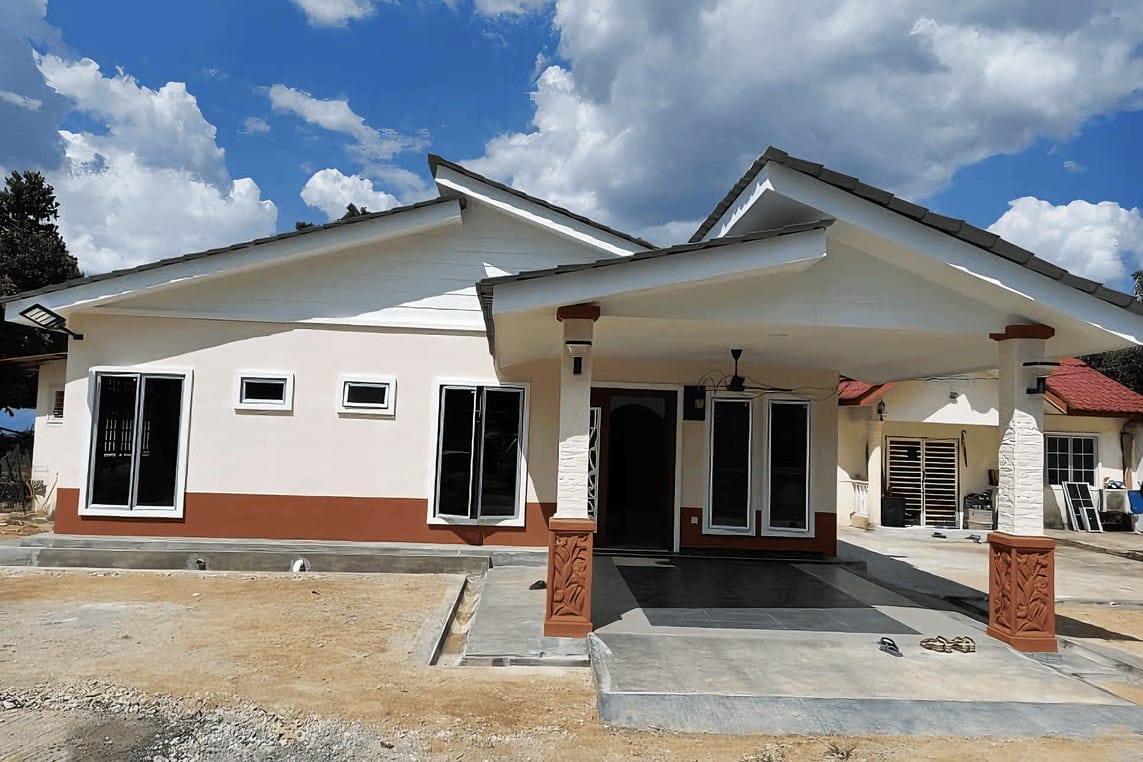
Collaboration with Local Communities for Sustainable Growth
Malaysian construction companies are increasingly recognizing the importance of engaging with local communities to foster sustainable development. By building genuine partnerships, these companies not only enhance their projects but also contribute to the well-being of the neighborhoods they operate in. When construction firms involve locals in their planning and decision-making processes, it helps address community needs and aligns projects with local values.
The collaborative approach can take many forms, including:
- Community Workshops: Inviting local residents to share their ideas and concerns regarding planned developments.
- Employment Opportunities: Hiring local workers can boost the economy and reduce unemployment within the area.
- Sponsoring Local Initiatives: Supporting environmental programs, educational workshops, and cultural events strengthens community ties.
This synergy not only aids in mitigating opposition to new projects but also enhances the overall project outcomes. When community voices are heard and incorporated into the construction process, the result is often more innovative and sustainable solutions. For instance, projects designed with local input tend to feature designs that reflect community aesthetics and meet the specific needs of residents, thereby creating a more harmonious living environment.

Measuring Success: Metrics for Sustainability in Construction
In the quest for sustainability, Malaysian construction companies are picking up the pace and integrating a range of metrics to measure their success. Performance indicators have become essential tools, helping businesses understand their impact on the environment while ensuring economic profitability. Some key metrics gaining traction include:
- Carbon Footprint: Tracking greenhouse gas emissions throughout the construction lifecycle.
- Material Efficiency: Assessing the quantity of materials used versus waste generated during projects.
- Energy Consumption: Monitoring energy usage in the construction process and post-project operations.
- Water Usage: Measuring water consumption and establishing strategies to minimize wastage.
- Employee Engagement: Evaluating workforce involvement in sustainability initiatives and training.
To better visualize the importance of these metrics, many companies opt for creating scorecards that allow for real-time tracking and reporting. Implementing a transparent reporting system can help foster collaboration among stakeholders, driving collective accountability. Below is a simple representation of how different companies perceive their sustainability metrics:
| Company | Key Metric Focus | Success Rating (1-5) |
|---|---|---|
| EcoBuild Sdn Bhd | Carbon Footprint | 4 |
| GreenSpace Contractors | Material Efficiency | 5 |
| FutureConstruct | Employee Engagement | 3 |

Embracing Sustainability for Long-Term Profitability and Reputation
In today’s competitive market, Malaysian construction companies are recognizing the undeniable link between sustainability and long-term profitability. By embracing green building practices, these firms are not just complying with regulations but are also paving the way for innovative construction solutions that lead to increased efficiency and reduced operational costs. For instance, utilizing energy-efficient materials and renewable energy sources helps in slashing monthly utility bills, ultimately enhancing profit margins.
Moreover, adopting sustainable practices can significantly enhance a company’s reputation. As more clients prioritize environmental responsibility, those who invest in sustainable projects stand out in a crowded marketplace. Businesses are building a positive identity by focusing on reducing their carbon footprint, whether through principles like waste reduction or resource conservation. This shift not only appeals to environmentally-conscious consumers but also aids in retaining top talent who prefer working for companies committed to sustainability.
| Benefit of Sustainability | Impact on Construction Companies |
|---|---|
| Cost Savings | Reduction in resource consumption leads to lower project costs. |
| Enhanced Reputation | Greater appeal to eco-conscious stakeholders and customers. |
| Regulatory Compliance | Meeting rising national and international standards efficiently. |
As Malaysian construction firms continue to embrace sustainable practices, they also contribute to a healthier planet. Engaging in eco-friendly initiatives from the ground up encourages an industry-wide culture of corporate responsibility that benefits not only the companies themselves but the communities they serve. Discovering and implementing sustainability strategies will ensure these businesses are not just building structures, but also a resilient future.
The Conclusion
As we wrap up our exploration of how Malaysian construction companies are stepping into the future with sustainable practices, it’s clear that change is in the air. From green building materials to energy-efficient designs, these companies are not just building structures; they’re building a greener tomorrow for all of us.
So, whether you’re a builder, a homeowner, or just someone passionate about our planet, it’s time to think about how we can all play a part in this movement. Embracing sustainability isn’t just a trend; it’s a responsibility and an opportunity.
Let’s celebrate these efforts and encourage more initiatives that respect our environment while still delivering quality and innovation. After all, a sustainable approach today paves the way for a better tomorrow, not just for our industry, but for our beautiful Malaysia as a whole. So, let’s join in and make a difference—together! Cheers to a greener future!